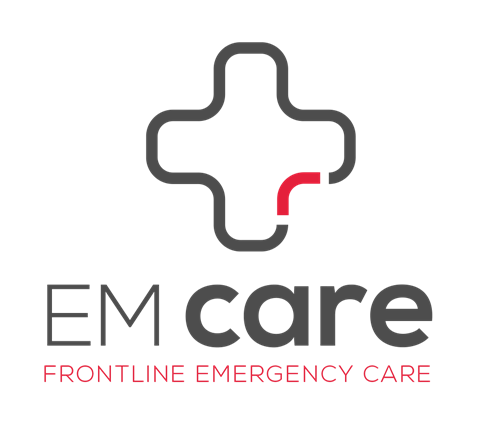Em Care Newsletter - November 2021

Overview
- Since the last update, we have continued our progress on Workstream 2 – Digital Adaptation Kit (DAK).
- The DAK has now been subdivided into six sections based on key stages within the clinical workflow. Between now and January 2022, the data dictionary, decision logic and business workflows will be finalised for each stage. It has suffered some delays based on the original timeline due to longer-than-expected consultations on questions related to the overall approach setting out the business workflows.
- We are delighted that Swiss TPH have joined the project to support the Workstream 3 – FHIR Implementation Guide. They will support the coding of each stage of the DAK in common interoperability standards of Fast Healthcare Interoperability Resources (FHIR) and Clinical Quality Language (CQL). The final deliverable - the complete FHIR implementation guide - will be available in February 2022.
- Finally, we are also happy to share that Argusoft India have joined the project to support the development of Workstream 4 - Reference application. Initial meetings between Argusoft, Google and other key software partners have started and a prototype of the mobile reference app is scheduled for release at the end of December 2021.
- Thanks to all who submitted expressions of interest to join the Digital Reference Group (DRG). We had a lot of interest and are in the process of finalising the list of names. The first meeting is scheduled for late November, and letters of invitation will be sent out in advance to those who were selected.
Operational update
- A second meeting of WHO focal points from the Africa and Eastern Mediterranean regions was held in mid-September. Two key issues were discussed:
- Country pilots in spring 2022. Operational criteria for selecting pilot sites were reviewed, as well as practical issues such as scope and scale, training, logistics, M&E and financing. A short-list of countries that meet the minimum requirements for selection will be agreed with each region by October.
- Frontline user engagement. A stakeholder group of 15-20 frontline users will be identified from across both regions, to provide feedback on reference app design and to also support user acceptance testing (UAT). A terms of reference for the group has been developed, and prospective countries will be asked to nominate candidates in November.
Featured story- In-Focus: Interview with Professor Lulu Muhe Mussa
Professor Lulu Muhe Mussa, a Professor of Paediatrics and Child Health at Addis Ababa University, Ethiopia, shares his experience of being part of the Em Care project.
The WHO guideline for Integrated Management of Childhood Illness (IMCI) offers a simple and effective method to prevent and manage the leading causes of serious illness and mortality in young children. “IMCI assumes that health care is provided at primary, secondary and tertiary levels”, explained Lulu. “Often, a child who has multiple problems is not addressed thoroughly. So IMCI brought together several WHO programmes working along with Ministries of Health and integrated them in order to address the major causes of under 5 mortality. “
Lulu noted that during humanitarian emergencies, countries face additional challenges in implementing IMCI and often have limited access to health care. A manual to adapt IMCI to emergency settings was started in 2008, however this was not field-tested and has not been updated since.
As part of the Em Care project, a group of 38 experts from 16 different organizations were brought together to form a Clinical Reference Group (CRG). Their role was to review and, where required, adapt existing WHO guidelines on child health to emergencies. Lulu chaired the subgroup on IMCI. He highlighted that the CRG for Em Care was unique in bringing so many academic, clinical and humanitarian partners together to provide suggestions and reach consensus.
As a leading expert in the CRG, Lulu’s expectation of the Em Care project is simple: to improve health outcomes in emergencies. Lulu explained, “Although more than 100 countries have IMCI, the biggest challenge has been implementing this in low resource settings, and particularly during emergencies.”
By providing frontline healthcare workers with access to WHO recommendations through the Em Care mobile app, this helps ensure that clinical decision-making is guided by the best available evidence. As Lulu reflected, this has an added advantage. “In emergency settings around the world, this not only gives clinicians confidence but also gives assurance to our beneficiaries that they are receiving the best possible care. This is critical to improving health service delivery and achieving better health outcomes for all.”
